| | Coal use surges, solar is booming, and wind power bets are increasing.͏ ͏ ͏ ͏ ͏ ͏ |
| |  | Energy |  |
| |
|
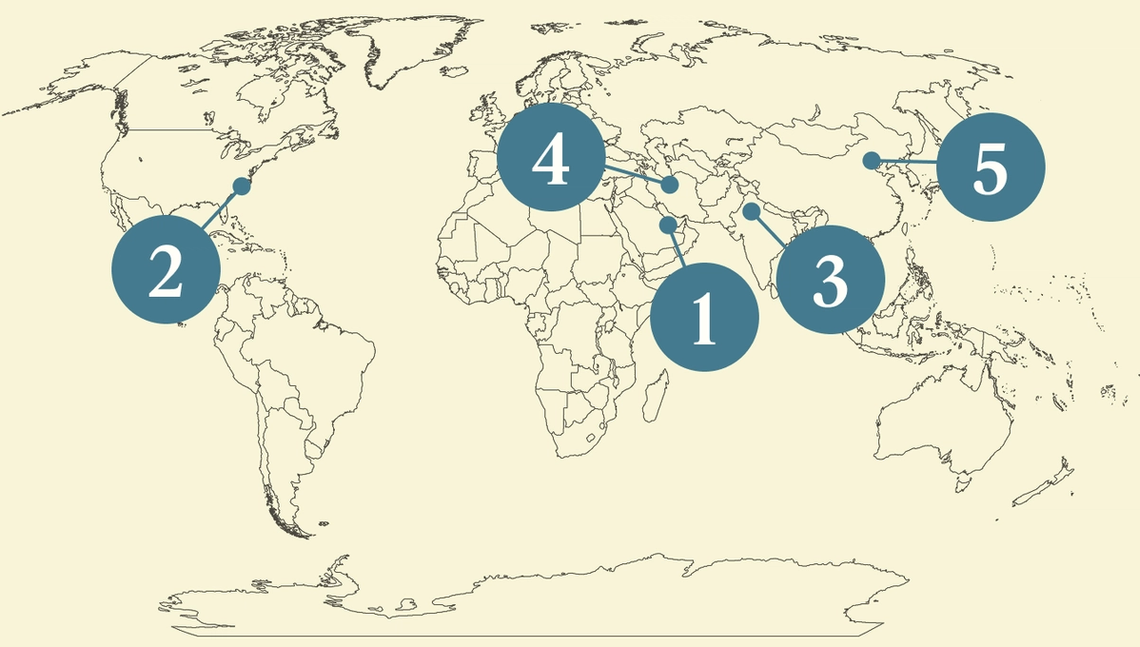 - US-Qatar pressure on EU
- Coal use surges to record
- Smog envelops Delhi
- Solar booms in Iran
- China ups wind bets
 Renewed commitment to nuclear by a one-time proponent. |
|
US, Qatar push EU on climate rules |
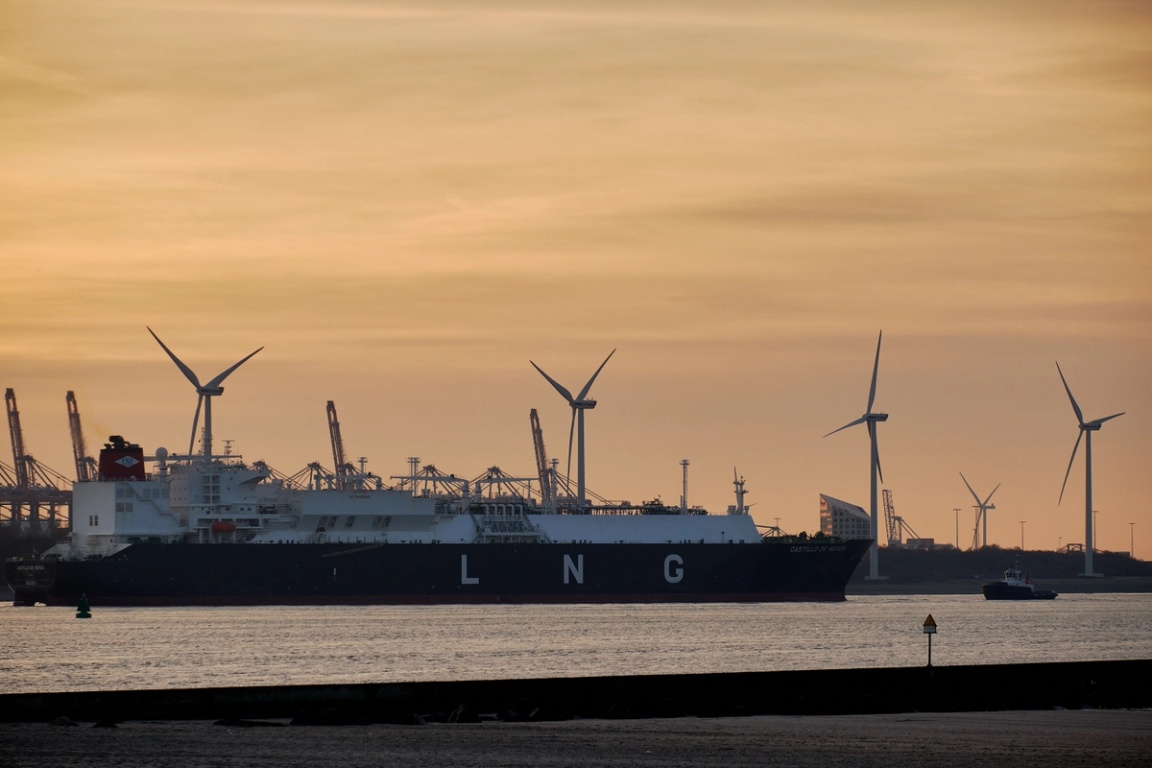 Pierre Crom/Getty Images Pierre Crom/Getty ImagesThe US and Qatar jointly pushed for the European Union to water down the bloc’s climate rules, arguing that they pose an “existential threat” to the region’s industrial competitiveness. The open letter, signed by US Energy Secretary Chris Wright and Qatar’s Minister of State for Energy, called for “immediate, decisive action” to address concerns specifically tied to the Corporate Sustainability Due Diligence Directive, which is due to come into force in 2027 and allows the EU to fine companies up to 5% of global revenues if their supply chains undermine human rights or harm the environment. The US-Qatari intervention points to a growing fracture in the world of energy: The two countries supply about a fifth of the EU’s gas needs, and the bloc has said it wants to eliminate its reliance on Russia for the fuel, leaving it with few alternatives to Washington and Doha. The EU is also looking to maintain an internal balancing act, of maintaining its effort to cut its reliance on oil and gas overall, while also looking to cut red tape as part of a broader bureaucratic simplification drive that climate activists worry will leave opportunities for fossil fuels to remain part of the bloc’s energy system for longer. — Prashant Rao |
|
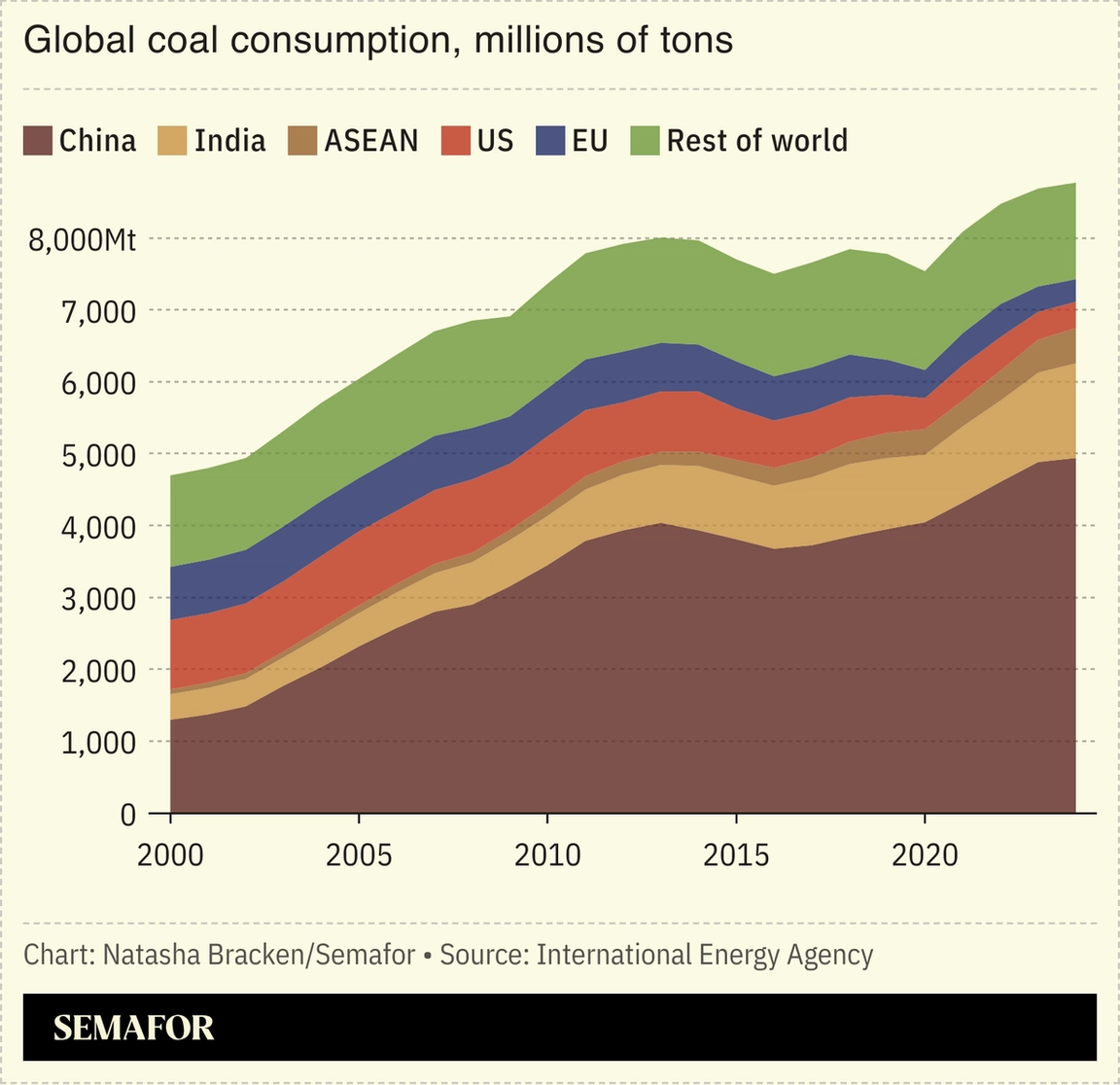 Global use of coal hit a record high in 2024, despite growing use of renewable energy sources. A new report found that coal’s share of total power generation was falling, but increasing electricity demand meant that the absolute quantity used increased. Most countries have pledged to wean themselves off coal, but it is cheap even if it is polluting. India recently marked passing 1 billion tonnes of coal production this year, while US President Donald Trump has backed coal and oil. South Africa, on the other hand, announced a plan to reduce its dependency on coal from 58% of its energy mix now to 29% by 2039, in particular planning to boost spending on nuclear power. Overall, the World Resources Institute report found that the pace and scale of climate action fell far short of goals set out in the Paris Agreement: While some of the 45 indicators WRI assessed showed promise — electric vehicle sales have surged, solar and wind’s share of electricity generation has more than tripled, and clean energy investment has more than doubled relative to fossil fuel financing — most indicators are well off track. — Natasha Bracken |
|
Smog envelops India’s capital |
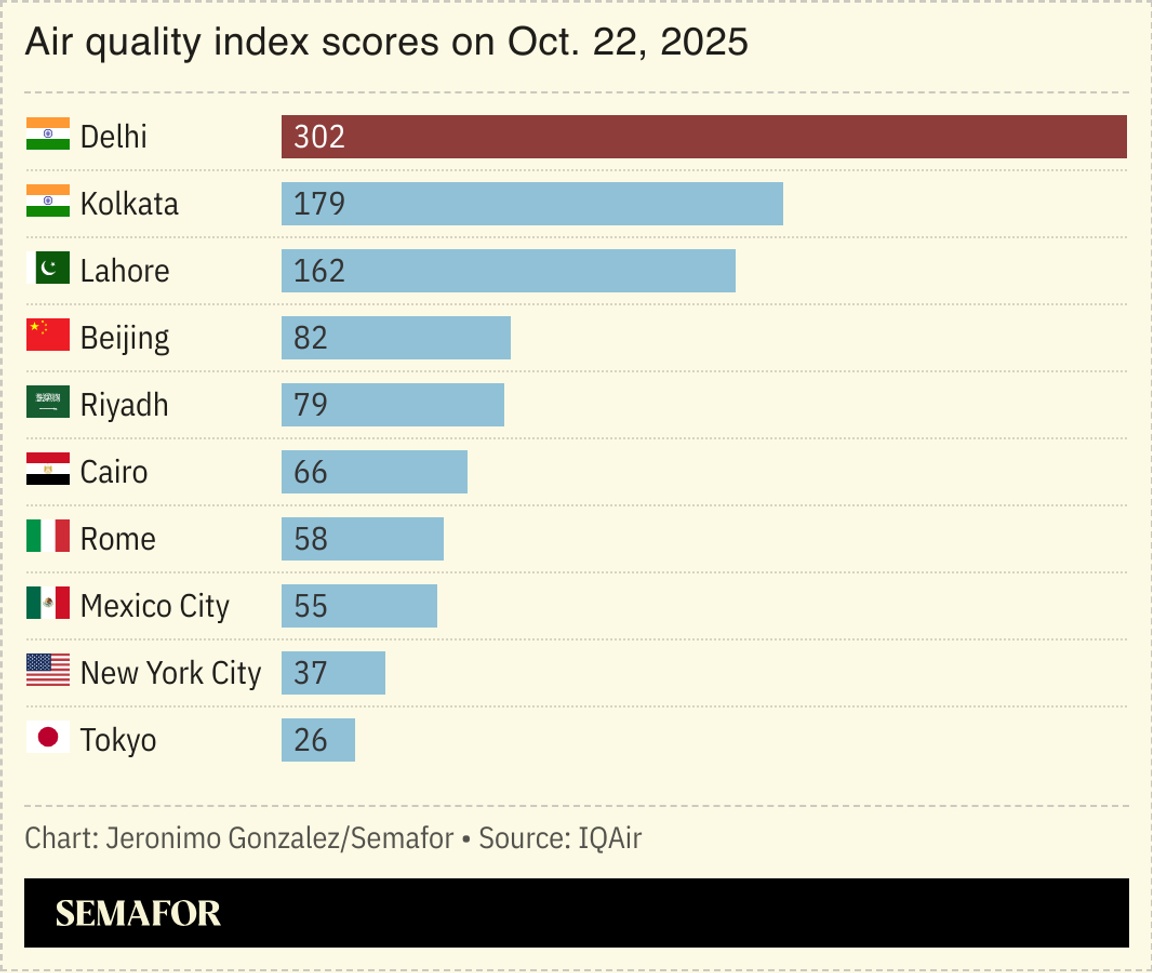 Air pollution in New Delhi hit a five-year high this week, as Diwali fireworks combined with farming fires to shroud the city in a toxic haze. The annual spike has become something of a tradition in the megalopolis, with some parts of the city this week recording an air-quality index reading of 1,800 — 20 times higher than levels the World Health Organization deems healthy. The news points to the challenge facing Indian authorities as they look to combat pollution and cut carbon emissions: The country has made huge progress in deploying renewable energy, but will still need up to $21 trillion in new investments in order to meet its 2070 net-zero target, according to government plans reported by Bloomberg. |
|
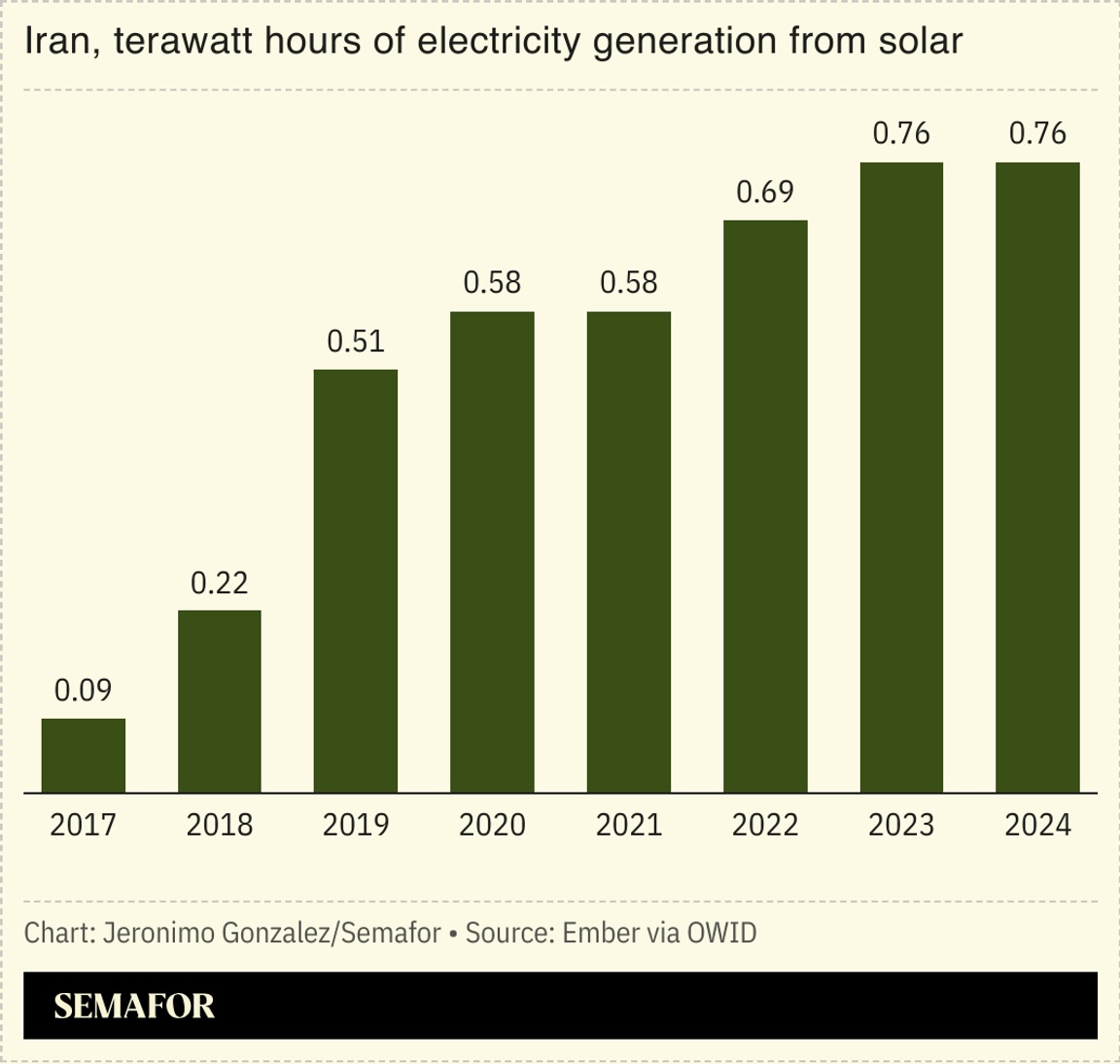 Iran is upping efforts to roll out solar power projects nationwide, the latest developing nation to turn to the sun in an effort to address power shortages and shore up energy security. Renewable electricity has “evolved from a supportive policy to a strategic necessity,” an Iranian minister said in Tehran this week: The country’s solar capacity doubled this year, and officials want to increase it a further fourfold in three years. Other emerging markets are making even more aggressive progress: Pakistan has seen solar go from essentially nonexistent to accounting for nearly a fifth of all its power within a few years, while Africa overall saw a 60% increase of Chinese solar panel imports over the course of a year. |
|
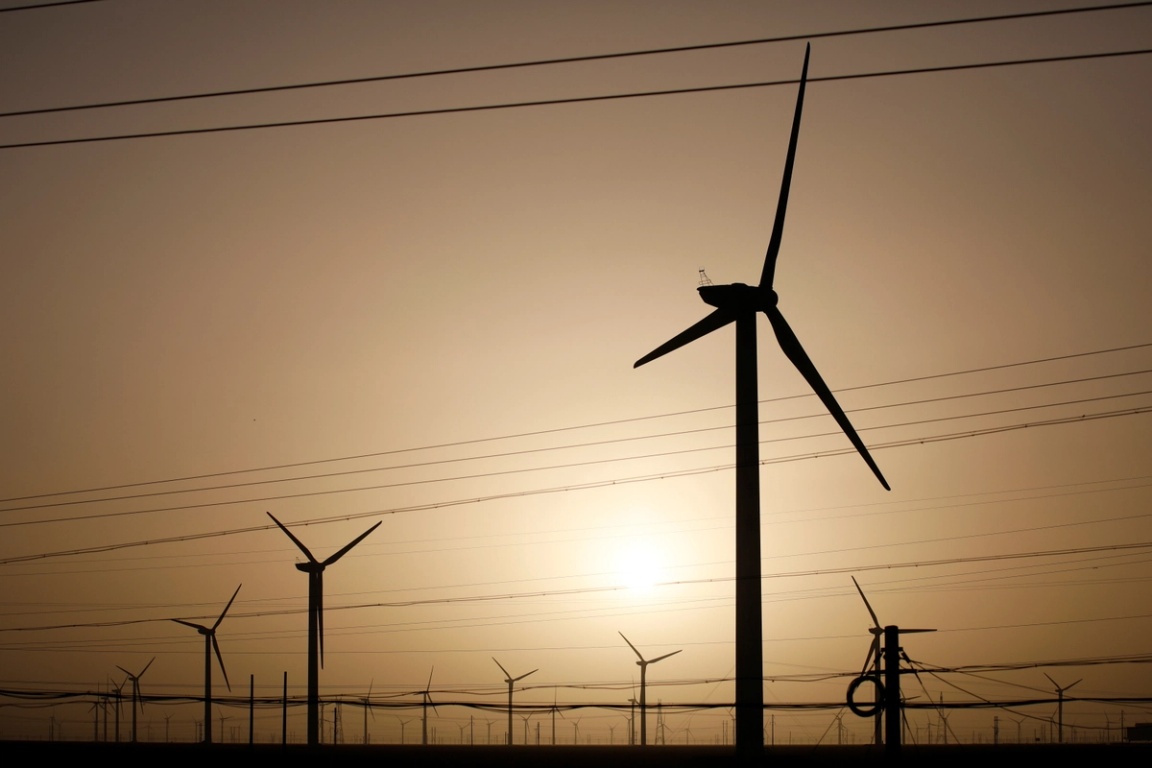 Carlos Garcia Rawlins/Reuters Carlos Garcia Rawlins/ReutersA Chinese firm outlined plans to build the world’s largest floating wind turbine, cementing the country’s status as the dominant force in a sector that has otherwise grappled with high interest rates and supply chain challenges. The two-headed turbine announced by an executive for Ming Yang Smart Energy Group would have a capacity of 50 megawatts, nearly twice as much as the biggest turbine currently on the market, Bloomberg reported. The country’s overall wind power industry is aiming to install at least 120 gigawatts of new turbines annually through 2030 — equivalent to double the amount of installed capacity per-year between 2020 and 2024. For now, it is a rare bright spot in the wind power sector: China will account for around two-thirds of all of the sector’s capacity additions this year, according to Rystad Energy, a research firm. |
|
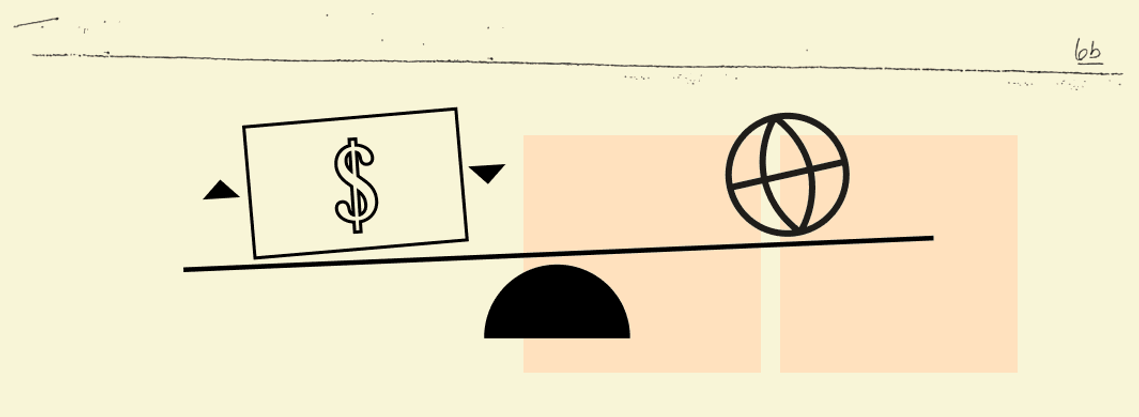 New Energy- Japan’s new prime minister, Sanae Takaichi, might prioritize nuclear power over solar, as “most of these solar panels come from China, they’re not Japanese-made,” one analyst told Bloomberg.
Fossil Fuels Yoruk Isik/File Photo/Reuters Yoruk Isik/File Photo/Reuters- Meanwhile, flows of Russian oil to major Indian refiners are expected to halt almost completely, Bloomberg reported.
- Gas turbines are facing a supply crunch as surging electricity demand from data centers powering AI drives up orders, a trend that could have both environmental and geopolitical consequences, the Financial Times wrote.
Politics & Policy- EU leaders will discuss a deal on a new 2040 emissions target today despite increasing pushback on climate measures from some member states.
EVs- Tesla sold a record number of cars in Q3 2025, but still saw profits drop by 37% year-on-year as high spending, tariffs, and an end to US subsidies hit its margins.
Personnel- Abigail Ross Hopper, the solar industry’s top lobbyist in the US, announced she was stepping down following a “challenging year” during which the Trump administration cancelled tax incentives and blocked multiple solar projects.
|
|
| |